In the wild world of nature, some creatures have evolved a fascinating array of techniques to hunt or defend themselves, and one of the most intriguing methods is the use of poison. These venomous virtuosos have turned the tables on the food chain with their toxic abilities, ensuring survival in the most cunning of ways. Whether they’re hunting or simply defending their turf, these creatures wield their natural weapons with precision.
1. The Silent Assassin: Cone Snail
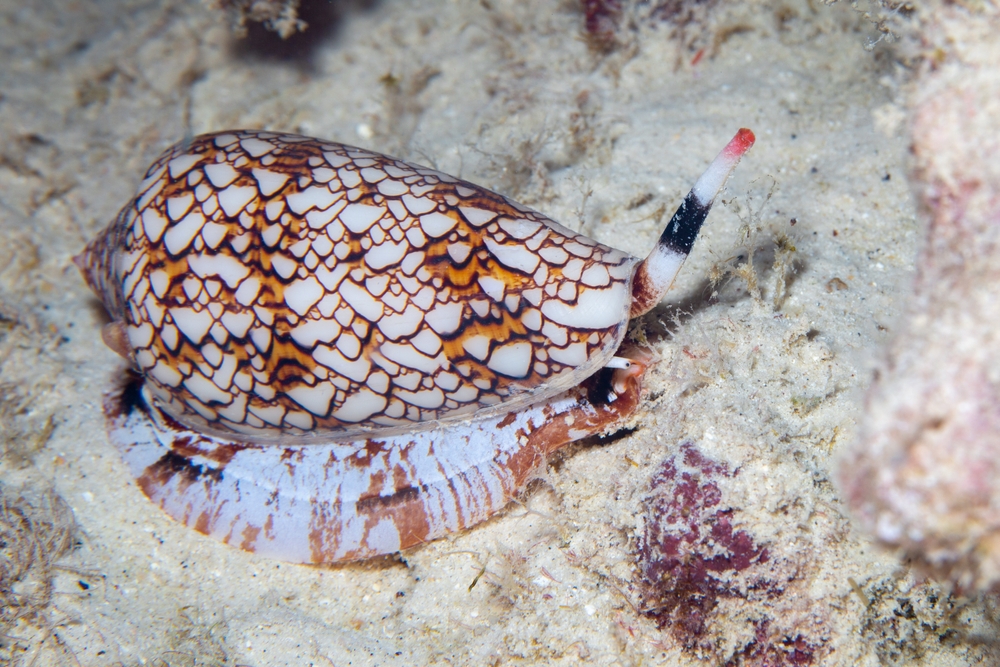
Cone snails may look innocent, but they’re armed with a harpoon-like tooth that delivers a venomous cocktail capable of paralyzing prey in seconds. Found in tropical oceans, these gastropods hunt fish, worms, and other snails, using their poison to capture meals with minimal effort. Humans are advised to admire from a distance, as their venom can be lethal. The cone snail’s venom is a complex blend of toxins, some of which are being studied for medicinal purposes, showcasing nature’s duality as both a danger and a healer.
2. The Stealthy Striker: Blue-Ringed Octopus
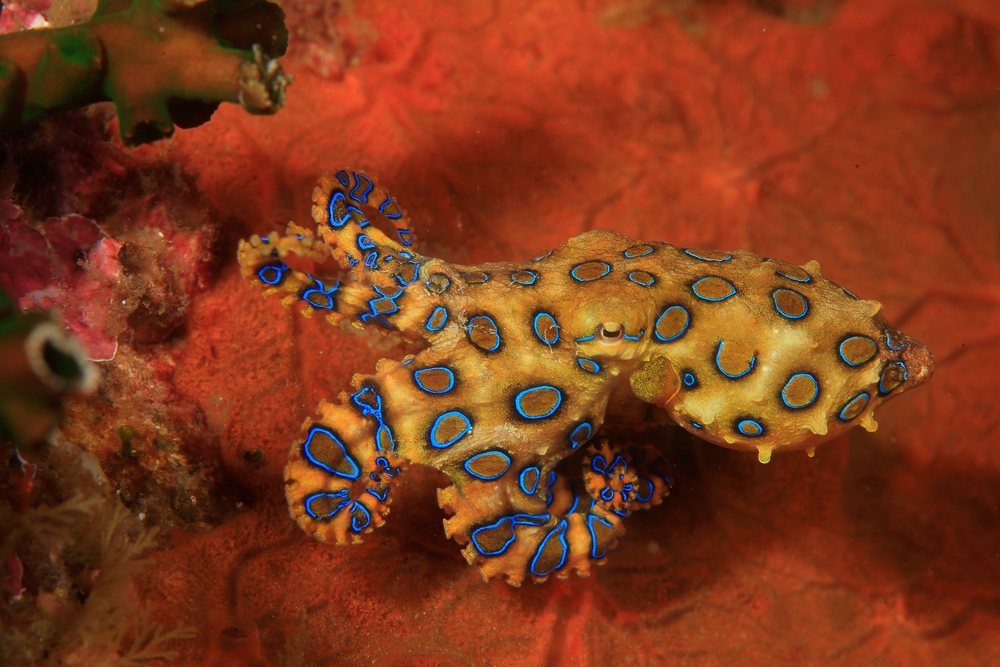
Don’t be fooled by the vibrant blue rings that dot this tiny octopus’s body. Hailing from the Pacific and Indian Oceans, the blue-ringed octopus carries a venom powerful enough to kill humans. It’s usually docile, flashing its iridescent rings as a warning only when provoked. Its venom contains tetrodotoxin, a compound that causes paralysis by blocking nerve signals. Despite its deadly potential, the blue-ringed octopus is a marvel of evolutionary adaptation, a reminder that sometimes the most innocuous-looking creatures can pack the biggest punch.
3. The Quick Conqueror: Brazilian Wandering Spider
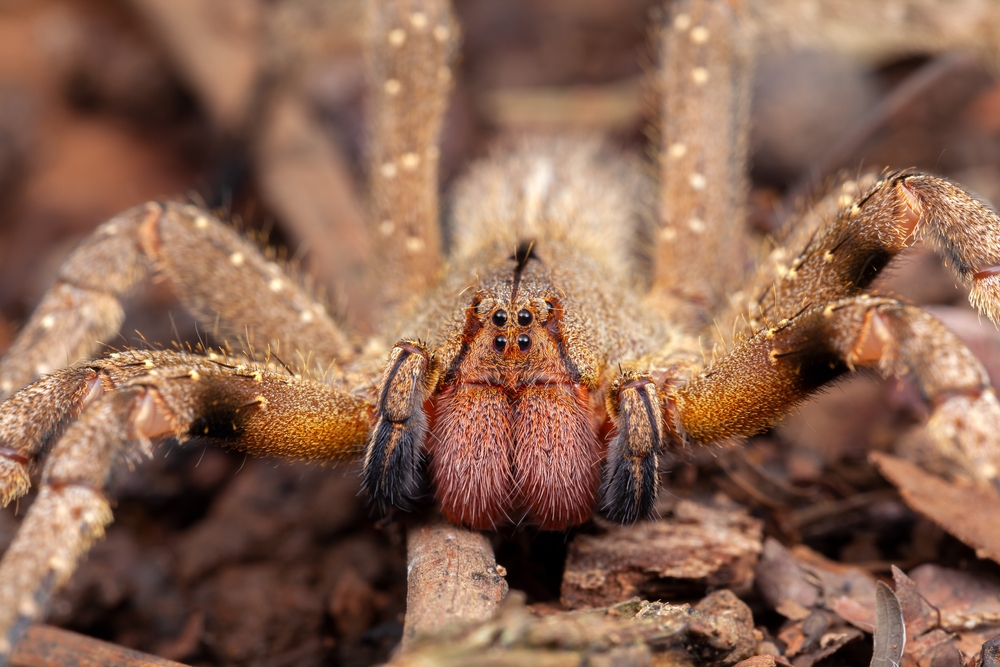
Considered one of the most venomous spiders on the planet, the Brazilian wandering spider doesn’t rely on webs for hunting. Instead, it roams the jungle floor at night, its potent venom ready to incapacitate prey instantly. While its bite can be fatal to humans, the spider is not aggressive by nature. However, encounters with humans have led to iconic stories, partly due to the spider’s tendency to hide in unexpected places, like banana shipments. This elusive predator showcases nature’s unpredictability, leaving one in awe of its lethal elegance.
4. The Vibrant Villain: Poison Dart Frog
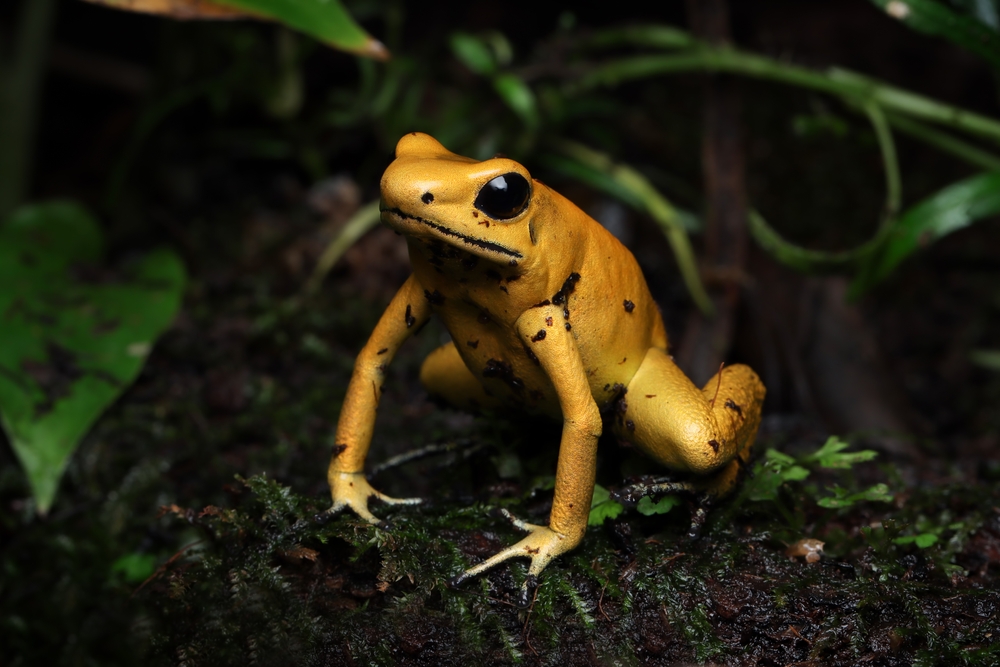
Brightly colored and strikingly beautiful, poison dart frogs wear their toxicity like a badge of honor. Found in Central and South American rainforests, these small amphibians absorb alkaloids from their diet, which they convert into skin toxins. Indigenous people once used these toxins for hunting, coating the tips of their darts and arrows. While not dangerous unless ingested or handled improperly, these frogs are a testament to the brilliance of nature’s adaptations, using warning colors to announce their defenses boldly and effectively.
5. The Silent Stalker: Stonefish
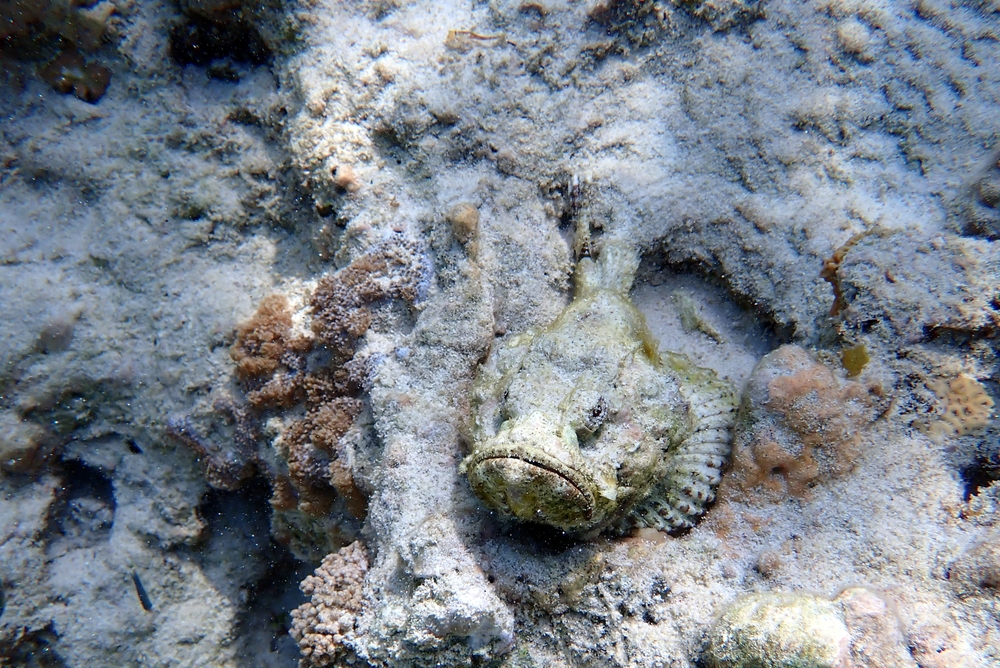
Lurking on the ocean floor, the stonefish is a master of camouflage and one of the most venomous fish known to man. Resembling a rock, it waits patiently for prey to swim by. Its dorsal fins are equipped with spines that deliver a toxin capable of causing extreme pain, and in rare cases, death. Found in the Indo-Pacific, the stonefish’s venom has even caught the attention of medical researchers. This unassuming yet fearsome predator reminds us that in the underwater kingdom, appearances can be dangerously deceiving.
6. The Swift Subduer: King Cobra
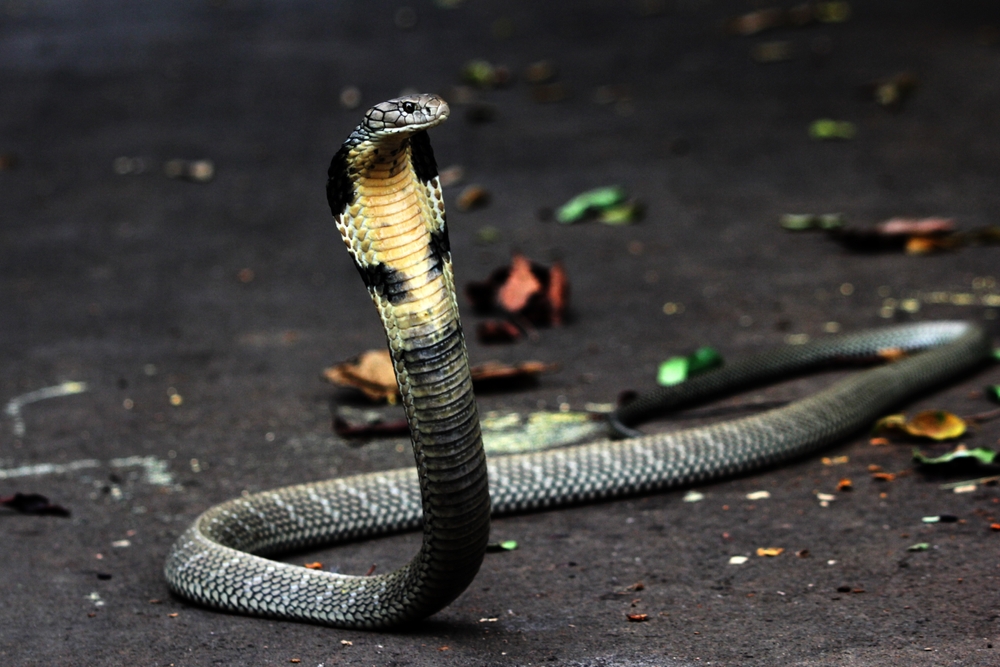
The king of snakes, the king cobra reigns supreme with its potent venom and impressive size. Found in forests of India and Southeast Asia, it typically preys on other snakes, delivering a neurotoxic bite that can bring down much larger animals. Its venom is so powerful that a single bite can cause paralysis or death in humans if untreated. Despite its fearsome reputation, the king cobra is a shy creature, avoiding human contact whenever possible. This majestic serpent commands respect, a symbol of nature’s regal and lethal beauty.
7. The Master of Deception: Box Jellyfish
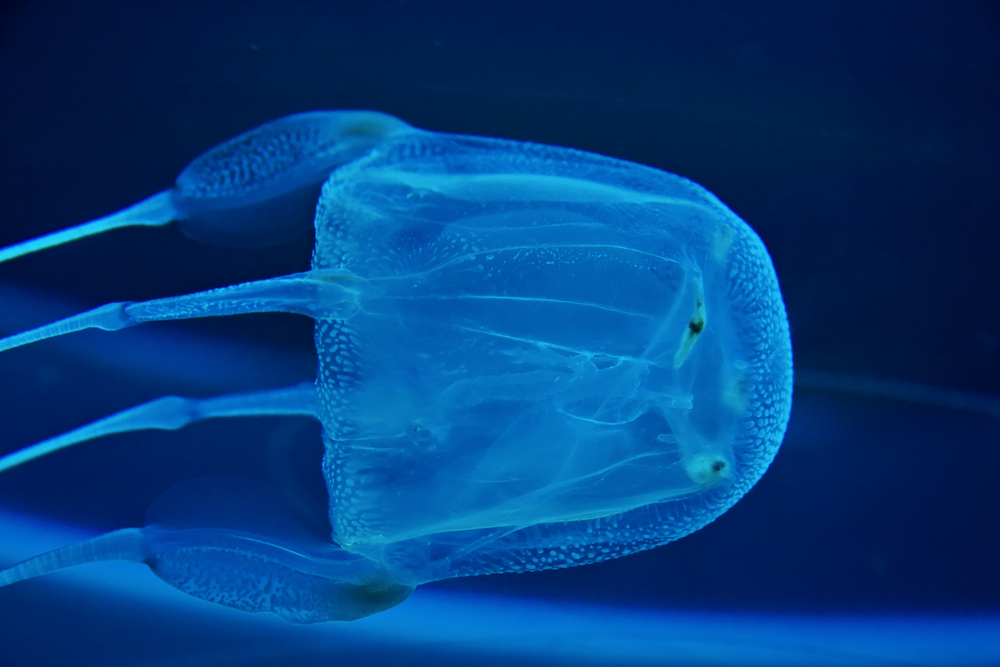
Graceful yet deadly, the box jellyfish glides through the waters of the Indo-Pacific, its transparent body almost invisible to the naked eye. Its tentacles are laden with nematocysts, capable of delivering a venomous sting that can cause cardiac arrest in minutes. As one of the most venomous creatures in the ocean, the box jellyfish is a master of stealth, reminding swimmers of the unseen dangers of the deep. Despite its lethality, researchers study its venom for potential medical breakthroughs, illustrating nature’s complex role as both a threat and a resource.
8. The Cunning Conqueror: Inland Taipan
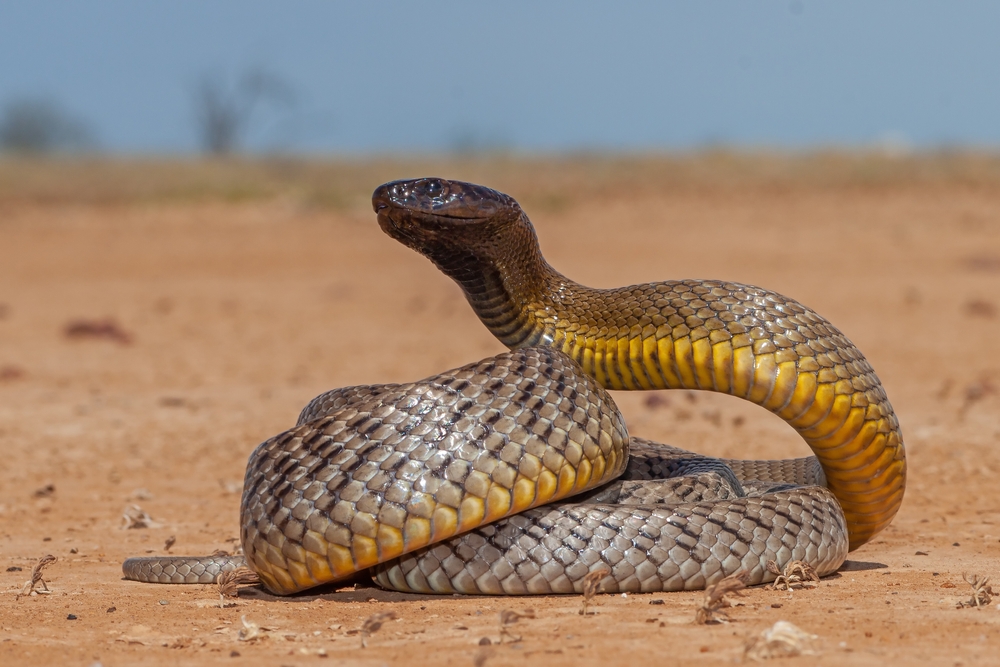
The inland taipan, or “fierce snake,” holds the title for the most venomous snake in the world. Native to Australia, it boasts a venom that can kill a hundred humans with a single bite. Surprisingly, it rarely poses a threat to people due to its reclusive nature and remote habitat. Its venom acts swiftly, stopping prey in their tracks, ensuring efficient hunting. This elusive serpent is a perfect blend of power and restraint, highlighting the balance nature maintains between potential danger and actual risk.
9. The Lethal Lurker: Gila Monster
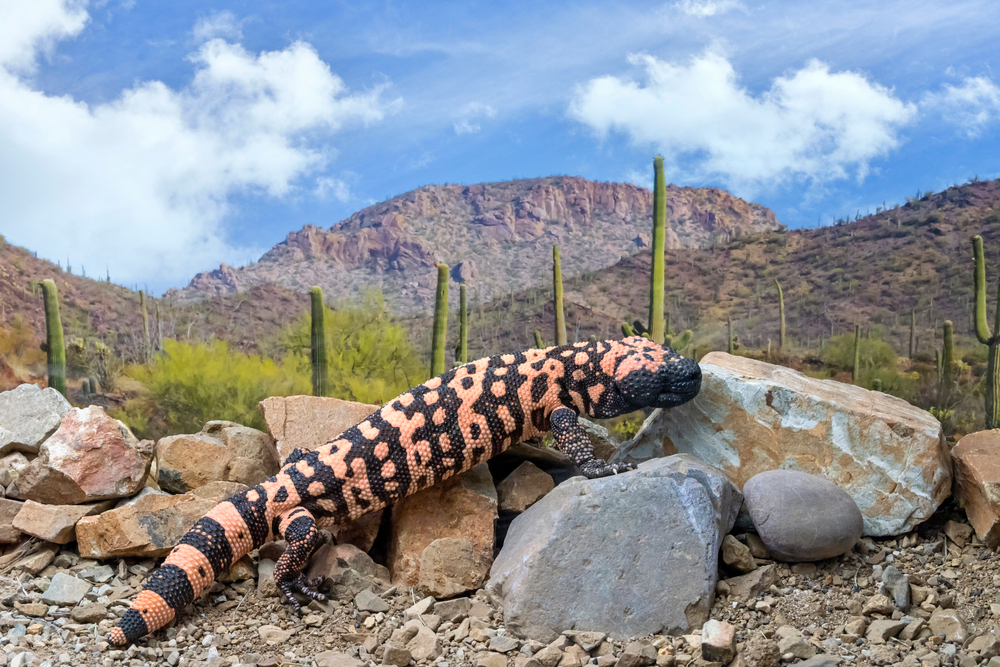
One of the few venomous lizards, the Gila monster is native to the southwestern United States and northwestern Mexico. Unlike many of its venomous counterparts, the Gila monster uses its poison primarily for defense, delivering a painful bite when threatened. Its venom is used in small amounts to subdue predators, causing intense discomfort and swelling. Interestingly, its venom has been studied for the development of drugs to treat diabetes, showcasing how even the most dangerous animals can contribute to human health advancements.
10. The Forest Phantom: Boomslang
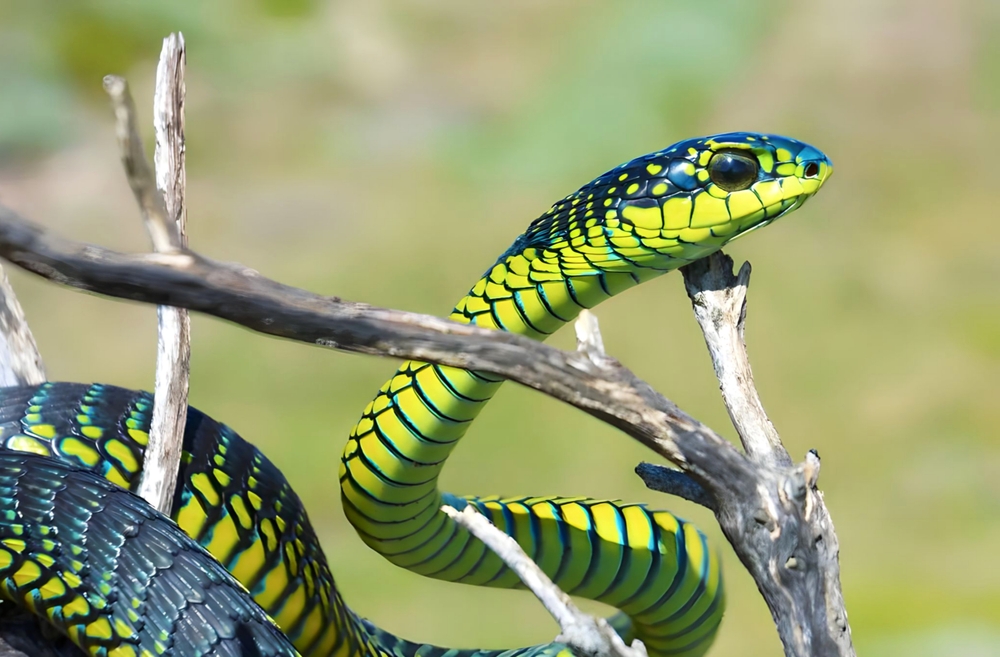
The boomslang, an African tree snake, is both elusive and highly venomous. Its venom is hemotoxic, affecting the blood and causing internal bleeding. Though shy and reclusive, the boomslang is capable of delivering a potentially fatal bite. However, it prefers to flee rather than fight, benefiting from its camouflaging abilities high in the trees. This arboreal predator is a perfect example of nature’s delicate balance between aggression and avoidance, a reminder of the hidden dangers that lurk within the world’s lush forests.
11. The Tiny Terror: Irukandji Jellyfish
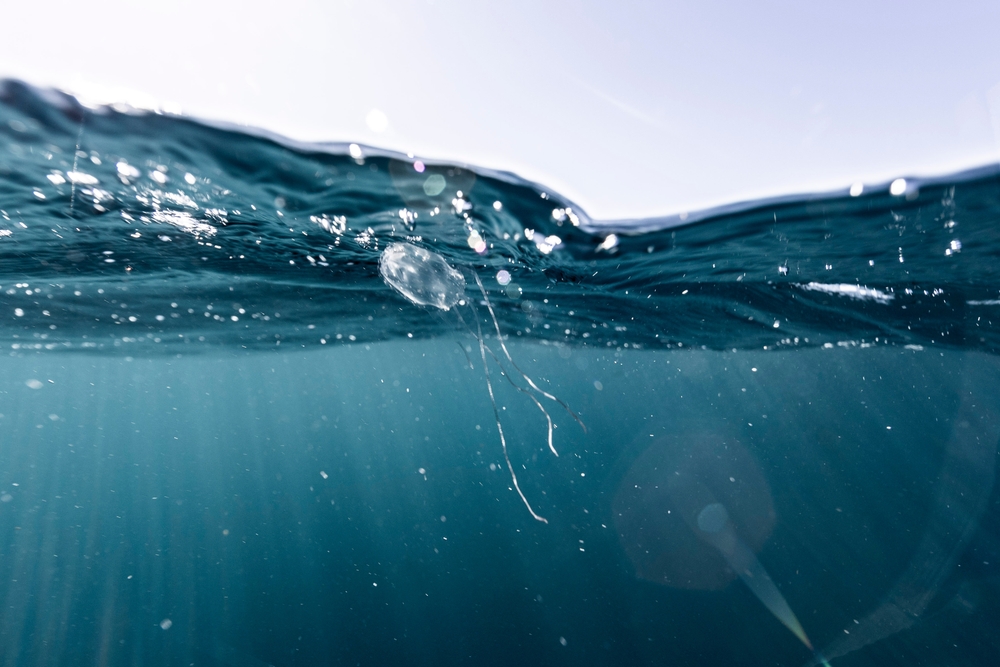
Small yet fearsome, the Irukandji jellyfish hails from the northern waters of Australia. Despite its diminutive size, its sting can induce “Irukandji syndrome,” a condition characterized by excruciating pain, vomiting, and increased heart rate. The jellyfish’s venom is designed to deter predators and subdue prey, a potent cocktail that belies its near-invisible form. This tiny creature serves as a sobering reminder of the ocean’s hidden perils, illustrating how size doesn’t always correlate with strength in the vast marine ecosystem.
12. The Crafty Camouflage: Pufferfish
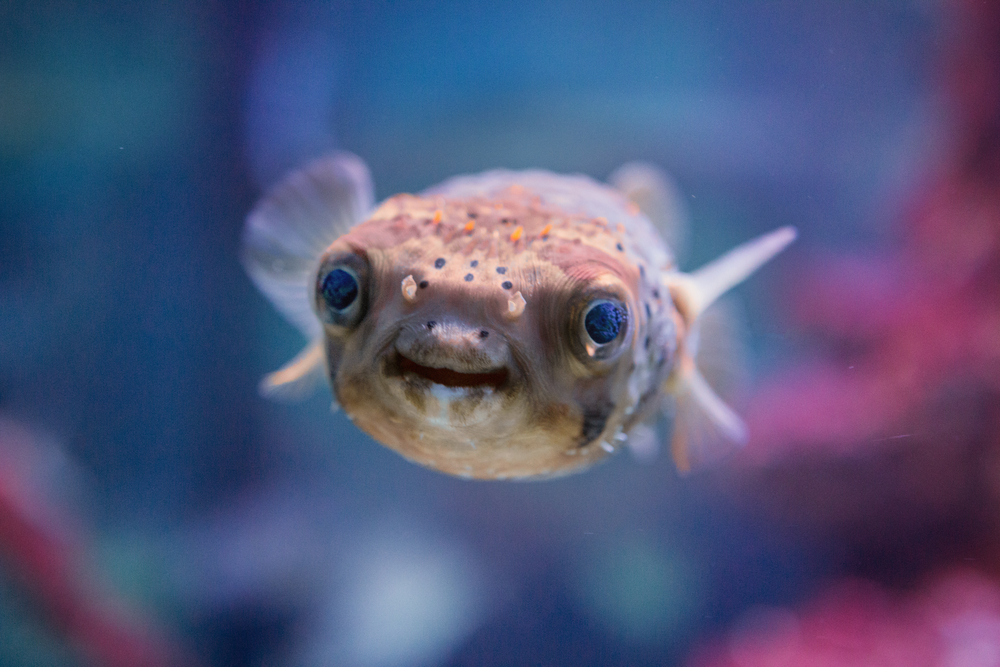
Pufferfish, known for their ability to inflate like a balloon, also harbor a potent neurotoxin called tetrodotoxin. Found in various oceanic regions, pufferfish use their venom primarily for defense against predators. This toxin is among the deadliest in the animal kingdom, capable of causing paralysis and death. Despite its dangers, some cultures prepare pufferfish as a delicacy, requiring skilled chefs to ensure safe consumption. The pufferfish is a fascinating blend of risk and reward, showcasing the culinary challenges and hazards of the natural world.
